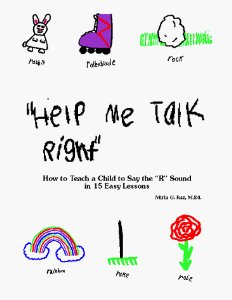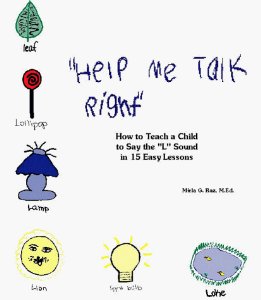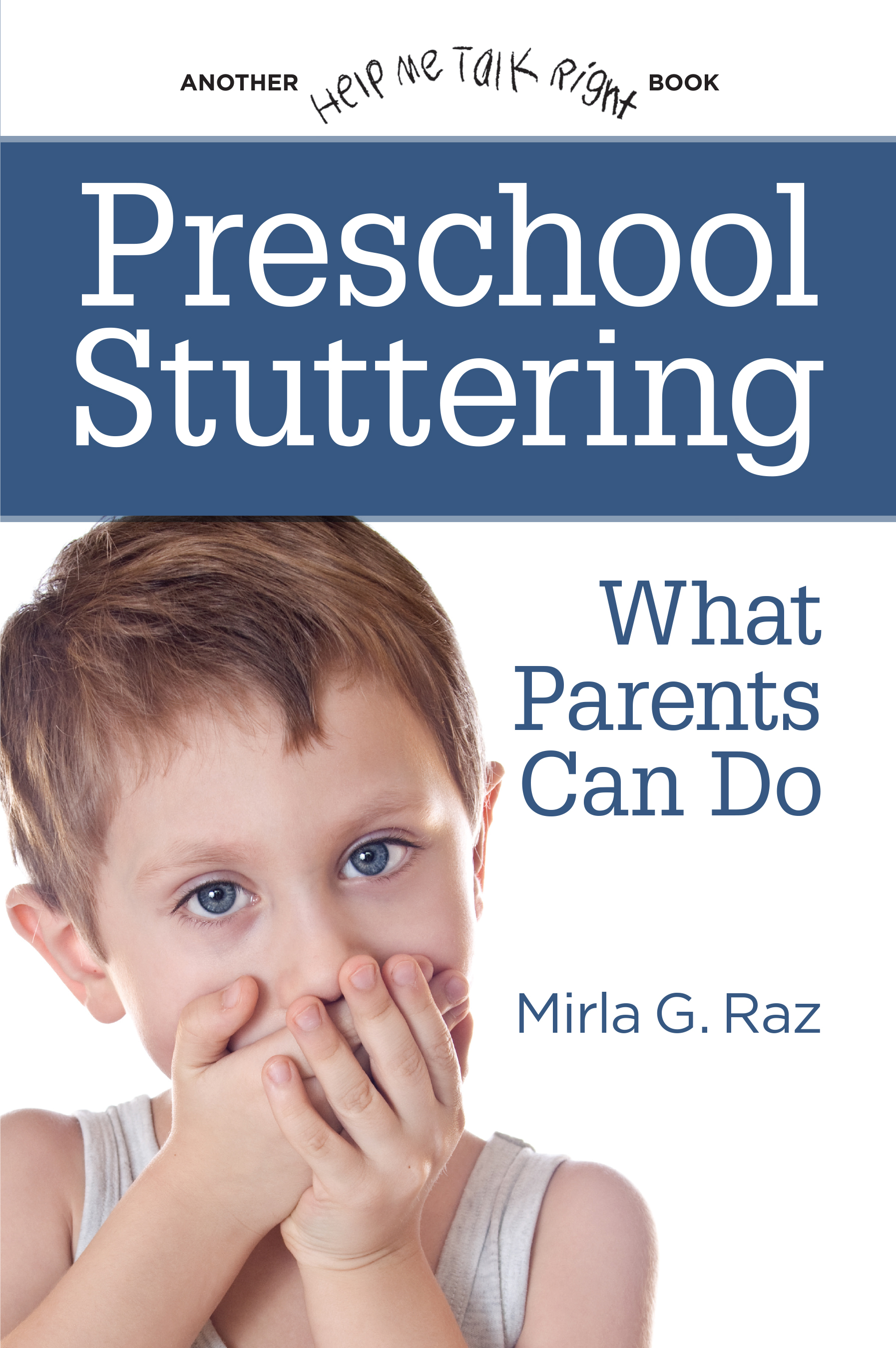“Preschool Stuttering: What Parents Can Do”
This “Help Me Talk Right” book focuses on preschool stuttering.
When parents first hear their child stutter, they may feel scared and helpless. They may wonder what they can do to help him so that he does not grow up stuttering. Preschool Stuttering: What Parents Can Do does a thorough job of helping parents navigate the often confusing territory of stuttering during the preschool years. Free of technical jargon and easy to use, this book is for parents, speech pathologists, speech assistants, teachers and pediatricians who wish to learn more about stuttering during these formative years and help children before stuttering becomes a lifelong problem.
This informative book gives parents the tools that will help them help their child. This book explains the following and more:
- what happens when the child stutters
- stuttering facts
- the role of emotions in stuttering
- the emotions and roles of the parents
- what can cause the child’s stutter to be better or worse
- the impact of the child’s environment
- what parents can do if they want to help their child stop stuttering
- when and where to seek professional help
- what to expect when seeking professional help
Excerpted from Help Me Talk Right: Preschool Stuttering: What Parents Can Do by Mirla G. Raz.
[/blockquote]
“How to Teach a Child to Say the “S” Sound in 15 Easy Lessons”
This “Help Me Talk Right” book focuses on the “s” sound. It presents an easy to follow, proven step-by-step method of frontal and lateral lisp correction. All the tools and techniques you need for “s” sound correction are included.
Free of technical jargon and easy to use, this book is for speech pathologists, speech assistants, and parents who wish to teach a child how to say the “s” sound and use it in conversation. Everything you need to know about teaching a child to say and use the “s” sound is clearly shown in a step-by-step format. Each lesson builds upon the successes of previous lessons so that the child is challenged to use the “s” more often until he is able to use it in conversation. The book comes complete with worksheets, suggestions for games and fun exercises, and a certificate of achievement.
Excerpted from Help Me Talk Right: How to Teach a Child to Say the “S” Sound in 15 Easy Lessons by Mirla G. Raz.
TONGUE AND TEETH POSITIONING, LESSON 1:
“How to Teach a Child to Say the “R” Sound in 15 Easy Lessons”

This “Help Me Talk Right” book focuses on the “r” sound. It presents an easy to follow, proven step-by-step method of correcting those pesky “r”s. All the tools and techniques you need for “r” sound correction are included.
Free of technical jargon and easy to use, this book is for speech pathologists, speech assistants, and parents who wish to teach a child how to say the “r” sound and use it in conversation. Everything you need to know about teaching a child to say and use the “r” sound is clearly shown in a step-by-step format. Each lesson builds upon the successes of previous lessons so that the child is challenged to use the “r” more often until she is able to use it in conversation. The book comes complete with worksheets, suggestions for games and fun exercises, and a certificate of achievement.
Excerpted from Help Me Talk Right: How to Teach a Child to Say the “R” Sound in 15 Easy Lessons by Mirla G. Raz.
TONGUE POSITIONING, LESSON 1:
“How to Teach a Child to Say the “L” Sound in 15 Easy Lessons”

This “Help Me Talk Right” book focuses on the “l” sound. It presents an easy to follow, proven step-by-step method of correcting those funny sounding ‘l’s. All the tools and techniques you need for “l” sound correction are included.
Free of technical jargon and easy to use, this book is for speech pathologists, speech assistants, and parents who wish to teach a child how to say the “l” sound and use it in conversation. Everything you need to know about teaching a child to say and use the “l” sound is clearly shown in a step-by-step format. Each lesson builds upon the successes of previous lessons so that the child is challenged to use the “l” more often until he is able to use it in conversation. The book comes complete with worksheets, suggestions for games and fun exercises, and a certificate of achievement.
Excerpted from Help Me Talk Right: How to Teach a Child to Say the “L” Sound in 15 Easy Lessons by Mirla G. Raz.
TONGUE AND TEETH POSITIONING, LESSON 1:



